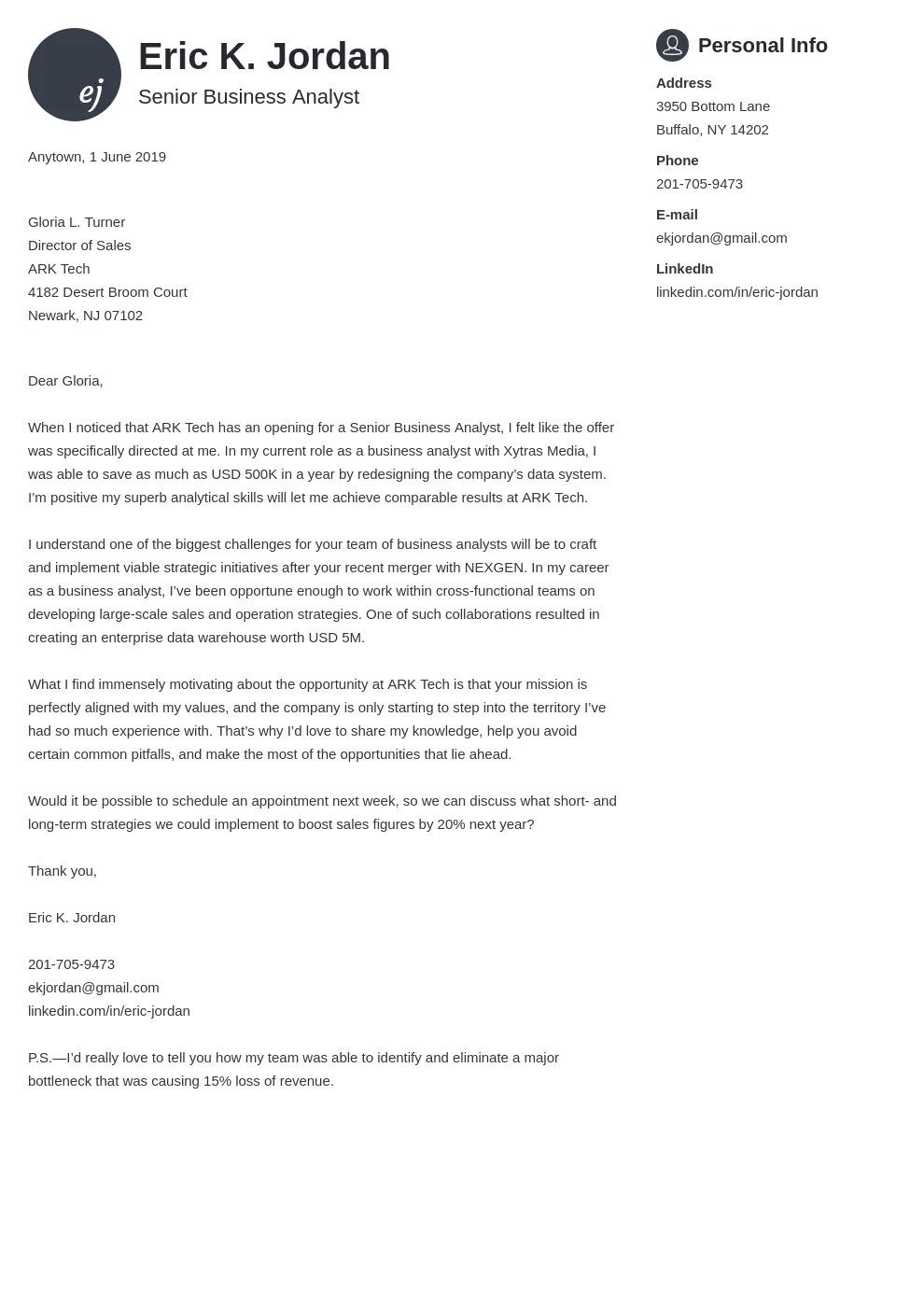What is a Cover Letter
A cover letter is a crucial document that accompanies your resume when applying for a job. It serves as a personalized introduction to the hiring manager, allowing you to showcase your qualifications, express your interest in the position, and highlight how your skills and experiences align with the company’s needs. Unlike a resume, which provides a factual overview of your background, a cover letter gives you the opportunity to tell your story, demonstrating your personality and enthusiasm for the role. A well-crafted cover letter can significantly increase your chances of getting an interview. It is a vital tool in your job search arsenal, providing a platform to create a compelling narrative around your application and to make a positive first impression.
Cover Letter Purpose
The primary purpose of a cover letter is to persuade the hiring manager that you are the right candidate for the job. It is your chance to go beyond the bullet points of your resume and explain why you are particularly interested in the specific role and company. The cover letter allows you to emphasize the skills and experiences most relevant to the position, showing how you can contribute to the company’s goals. Furthermore, a cover letter demonstrates your writing and communication skills, which are essential in many professional environments. A well-written letter reflects professionalism, attention to detail, and a genuine interest in the opportunity, all of which can set you apart from other applicants.
Highlighting Key Skills
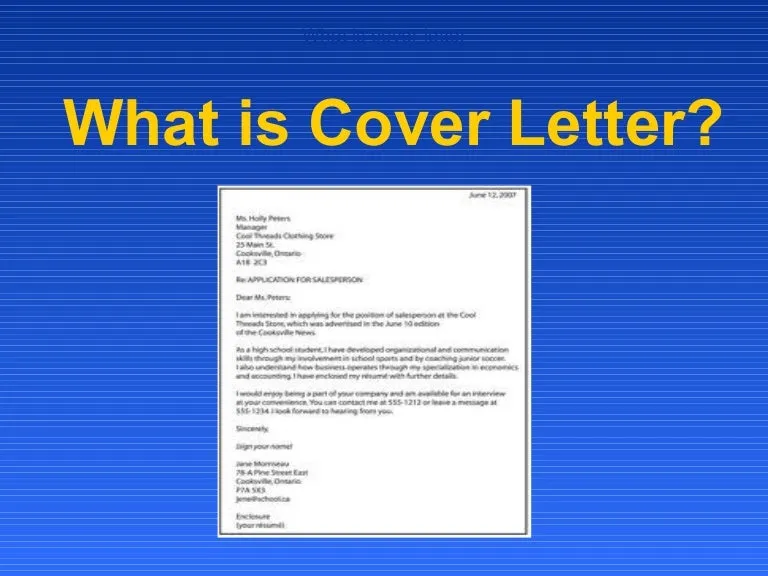
When writing your cover letter, it’s important to focus on the key skills that are most relevant to the job you are applying for. Carefully review the job description and identify the skills and qualifications that the employer is seeking. Then, in your cover letter, provide specific examples of how you have demonstrated these skills in your past experiences. Use action verbs to describe your accomplishments, such as ‘managed,’ ‘developed,’ ’led,’ or ‘achieved.’ Quantify your achievements whenever possible to provide concrete evidence of your capabilities. For example, instead of saying ‘improved sales,’ you could say ‘increased sales by 15% within six months.’ This approach not only showcases your skills but also provides tangible evidence of your value to the prospective employer.
Showcasing Your Enthusiasm
Your cover letter is an opportunity to express your genuine interest in the role and the company. Showcasing your enthusiasm can make a significant impact on the hiring manager. Research the company and the specific position, and tailor your letter to reflect your understanding of their mission, values, and goals. Explain why you are excited about the opportunity and what you hope to achieve in the role. Avoid generic statements and instead, mention specific aspects of the company or the job that particularly appeal to you. Demonstrating your passion and excitement can make you a more memorable candidate and increase your chances of being selected for an interview. A genuine tone and a clear expression of interest will resonate with the hiring manager and set you apart from less enthusiastic applicants.
Cover Letter Structure
Header and Contact Information
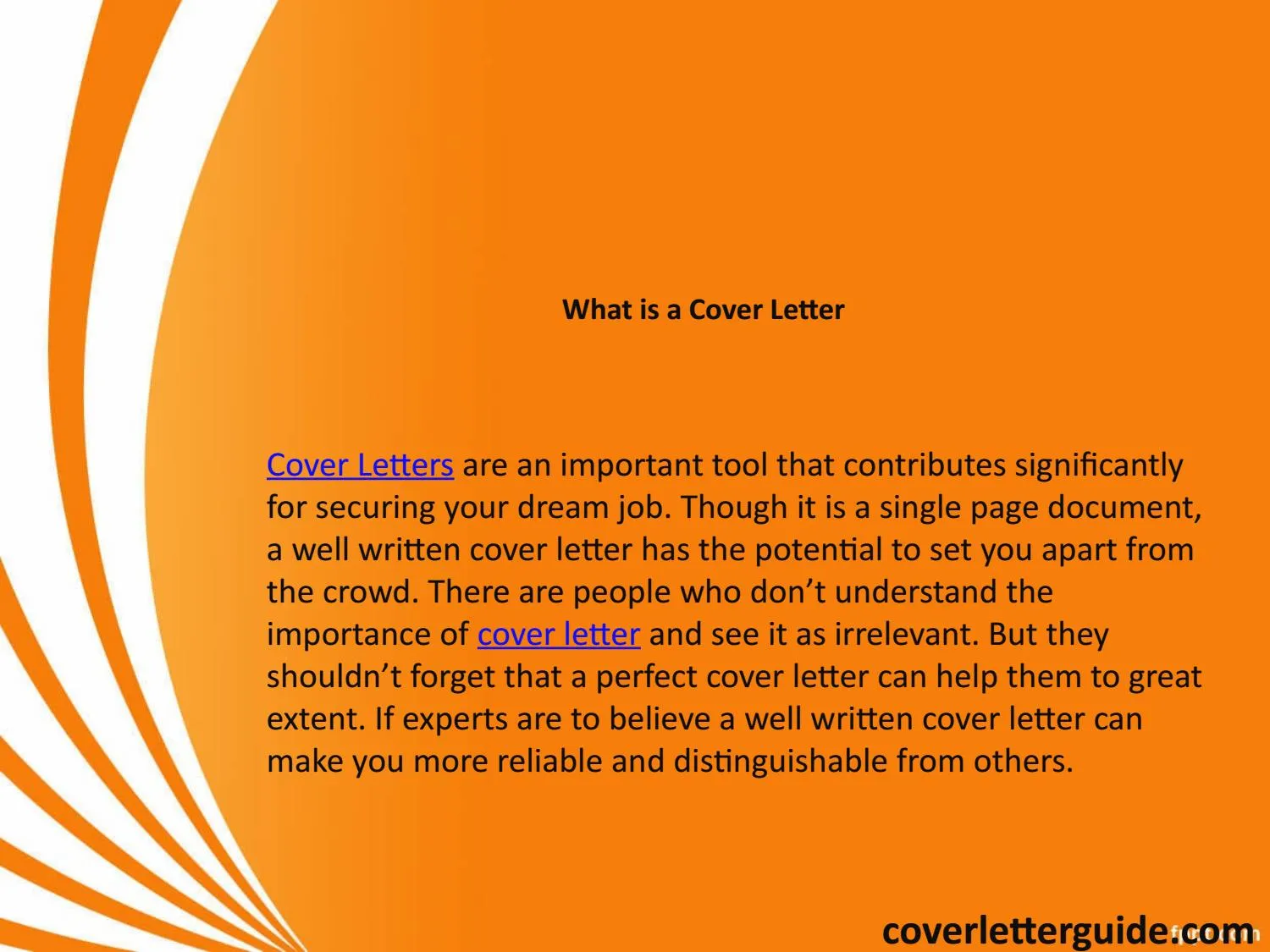
Start your cover letter with a professional header that includes your name, address, phone number, and email address. You can place this information at the top left or right of the page. Below your contact information, include the date and the hiring manager’s name and title, if you know it. If you don’t know the hiring manager’s name, address your letter to ‘Dear Hiring Manager.’ This ensures that your letter looks polished and professional from the start. Using a clear and organized header sets a positive tone and makes it easy for the recipient to contact you.
Opening Paragraph
The opening paragraph is your first chance to grab the reader’s attention. Clearly state the position you are applying for and how you learned about it. Briefly mention why you are interested in the role and the company. Consider including a compelling sentence that highlights a key skill or achievement that aligns with the job requirements. The opening paragraph should be concise, engaging, and set the stage for the rest of your letter. It should immediately convey your enthusiasm and make the hiring manager want to read further. This initial impression is critical in making a positive impact.
Body Paragraphs
The body paragraphs are where you elaborate on your qualifications, skills, and experiences. Use these paragraphs to provide specific examples of how your past achievements align with the job requirements. Focus on the key skills mentioned in the job description and illustrate how you have successfully applied those skills in previous roles. Quantify your achievements whenever possible, using numbers and data to demonstrate your impact. Each paragraph should focus on a specific aspect of your qualifications and provide a clear and concise explanation. Maintain a professional tone and avoid using jargon or overly complex language. Keep the paragraphs focused and easy to read to hold the reader’s interest and effectively communicate your value.
Closing Paragraph
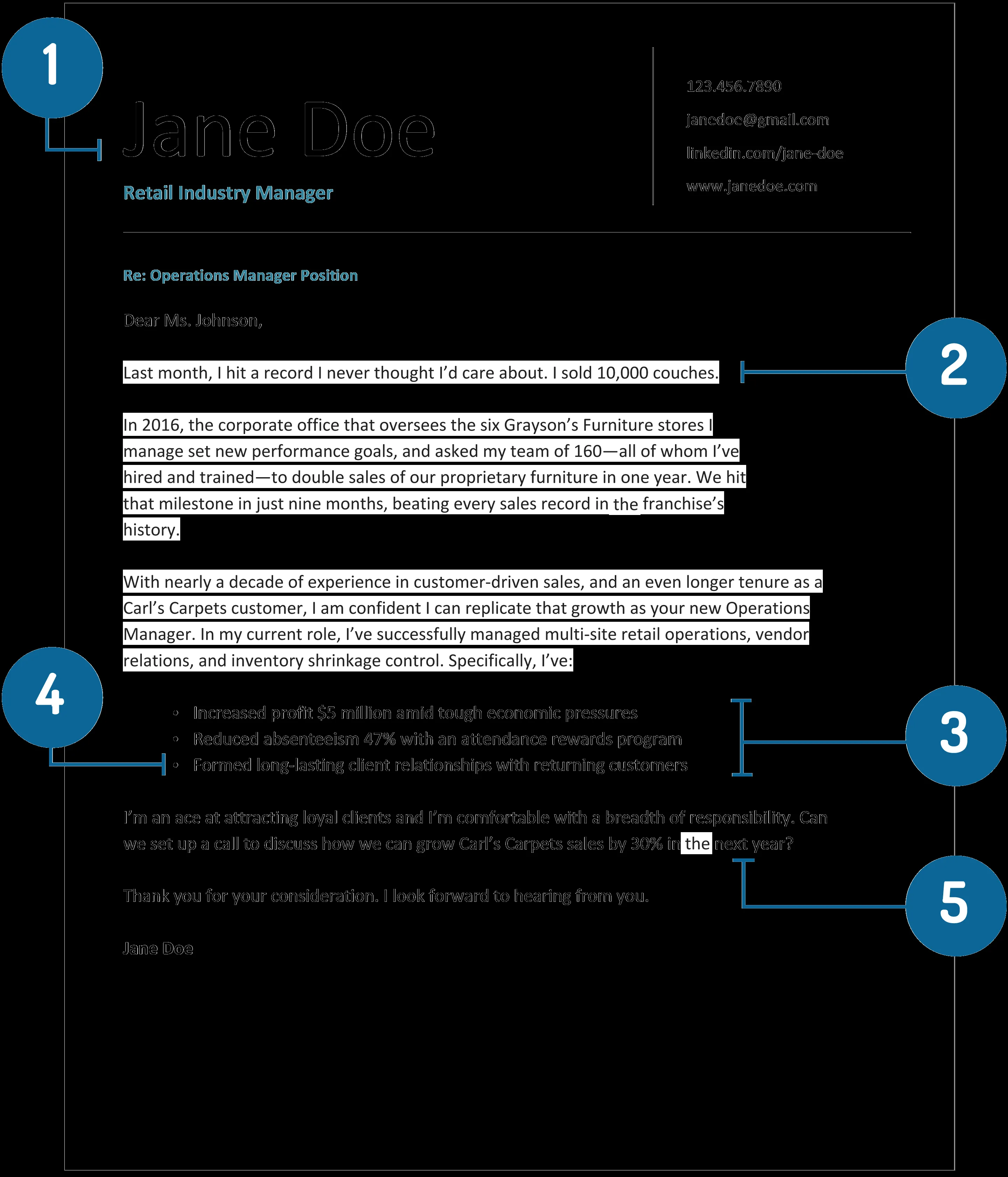
In your closing paragraph, reiterate your interest in the position and summarize why you are a strong candidate. Thank the hiring manager for their time and consideration. Clearly state your availability for an interview and how they can contact you. Avoid being overly assertive or demanding; instead, maintain a confident and professional tone. A well-crafted closing paragraph leaves a lasting positive impression and encourages the hiring manager to take the next step in the hiring process. Make sure to proofread this section carefully to avoid any errors or typos.
Formatting and Tone
Proofreading and Editing
Before submitting your cover letter, carefully proofread and edit it for any grammatical errors, typos, or inconsistencies. Errors can undermine your professionalism and make a negative impression on the hiring manager. Read your letter aloud to catch any awkward phrasing or sentences that don’t flow smoothly. Ask a friend, family member, or career counselor to review your letter for feedback. Ensuring your cover letter is free of errors demonstrates your attention to detail and your commitment to presenting yourself in the best possible light. Proper proofreading is an essential step in the cover letter writing process.
Tailoring to the Job Description
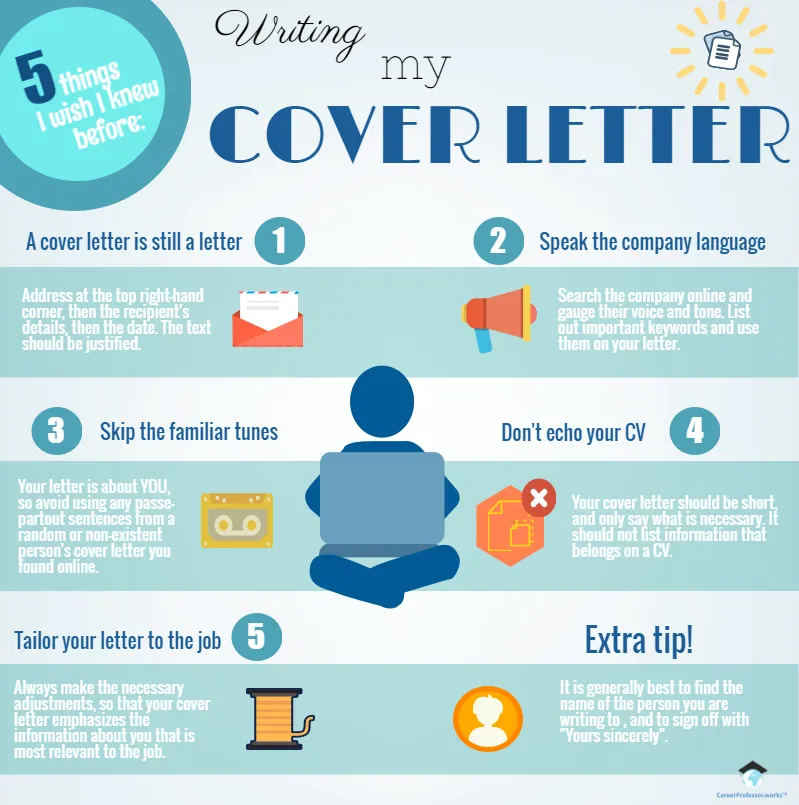
Each cover letter should be tailored to the specific job you are applying for. This means carefully reviewing the job description and highlighting the skills and experiences that are most relevant to the position. Avoid sending a generic cover letter to multiple companies. Instead, customize your letter to address the specific needs and requirements outlined in the job description. Research the company and show how your skills and experiences align with their values and goals. This demonstrates your genuine interest and increases the likelihood of your application standing out. Personalized cover letters are far more effective than generic ones.
Keywords and ATS Systems
Many companies use Applicant Tracking Systems (ATS) to screen applications. These systems scan resumes and cover letters for keywords that match the job description. To optimize your cover letter for ATS, incorporate relevant keywords from the job posting throughout your letter. However, avoid keyword stuffing, which can make your letter sound unnatural and less appealing. Instead, use keywords naturally within the context of your sentences. Review the job description for key skills and requirements, and integrate those terms strategically. By using relevant keywords, you increase the chances of your cover letter being noticed by the ATS and forwarded to a hiring manager.
Cover Letter Examples and Templates
Where to Find Examples
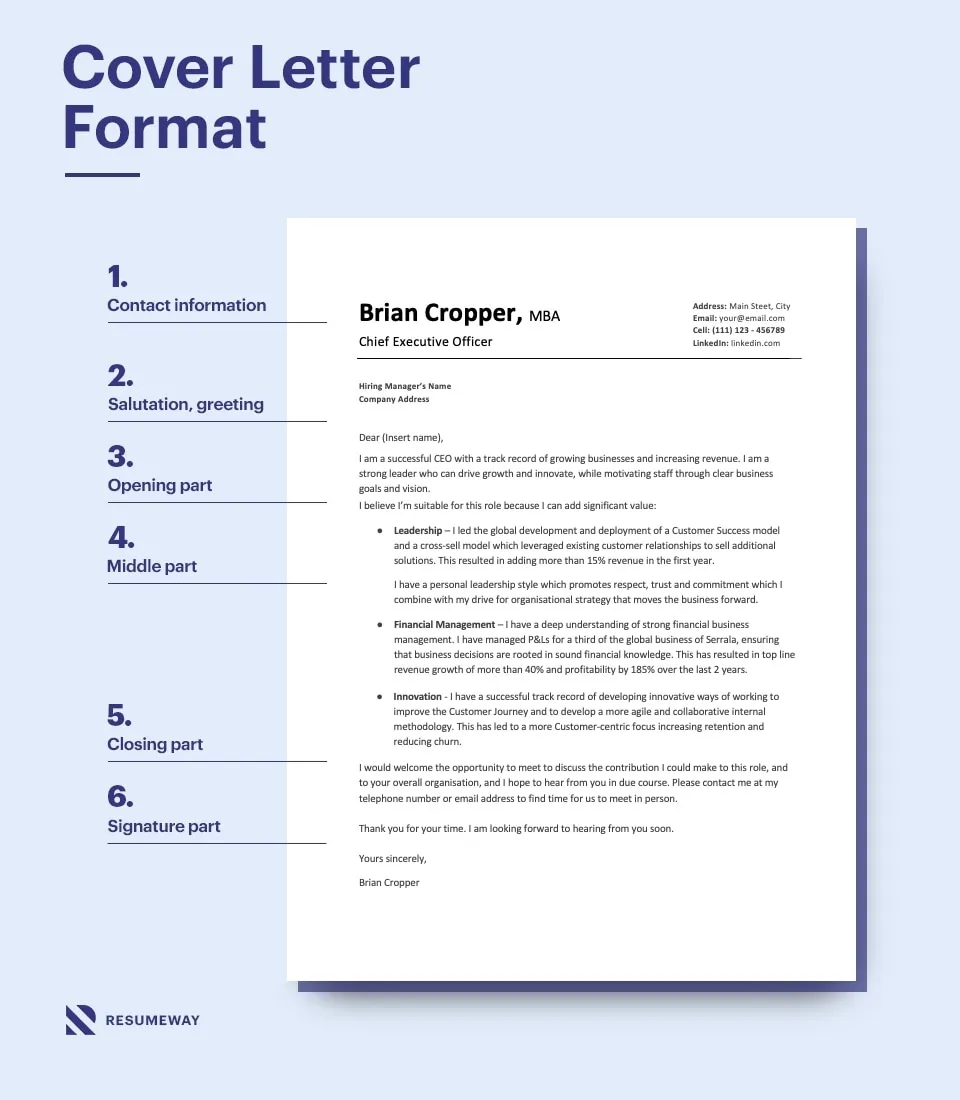
There are numerous resources available online where you can find examples of cover letters. Websites like Indeed, LinkedIn, and The Muse offer a variety of cover letter samples tailored to different industries and job roles. You can also find examples on company websites or in career-related articles. Reviewing these examples can provide you with inspiration and help you understand the structure, formatting, and tone of a successful cover letter. However, be sure to adapt the examples to your own experiences and qualifications rather than copying them directly. Using examples as a guide can help you create a compelling and effective cover letter.
Using Templates Effectively
Cover letter templates can be a useful starting point, but it is important to use them effectively. Templates provide a pre-designed structure and formatting, which can save you time and effort. However, you must customize the template to reflect your unique skills, experiences, and the specific job you are applying for. Avoid using generic templates verbatim. Instead, personalize the content to showcase your qualifications and express your enthusiasm for the role. Make sure to change the template’s wording to match your own voice and style. By tailoring the template, you ensure that your cover letter is both well-structured and authentically representative of you.
Common Mistakes to Avoid
Avoid common mistakes to ensure your cover letter makes a positive impression. Do not use a generic, one-size-fits-all cover letter. Tailor each letter to the specific job and company. Refrain from including irrelevant information or rehashing your resume. Keep your letter concise and focused on your most relevant skills and experiences. Avoid grammatical errors, typos, and a casual tone. Ensure your letter is well-formatted and easy to read. Lastly, do not use clichés or overly formal language. Strive for a professional, enthusiastic, and genuine tone that reflects your personality and interest in the role. By avoiding these common mistakes, you can significantly increase your chances of landing an interview and ultimately securing your dream job.
